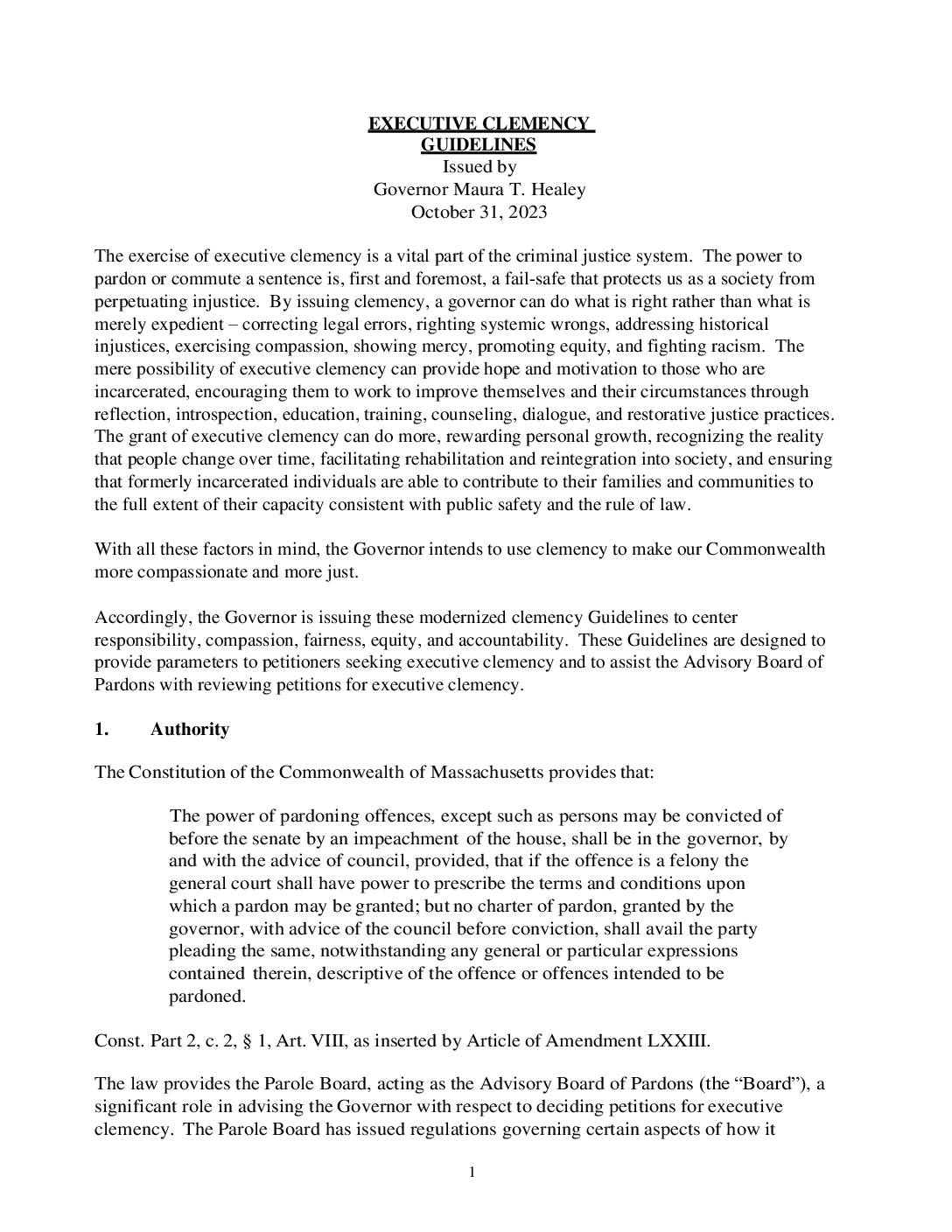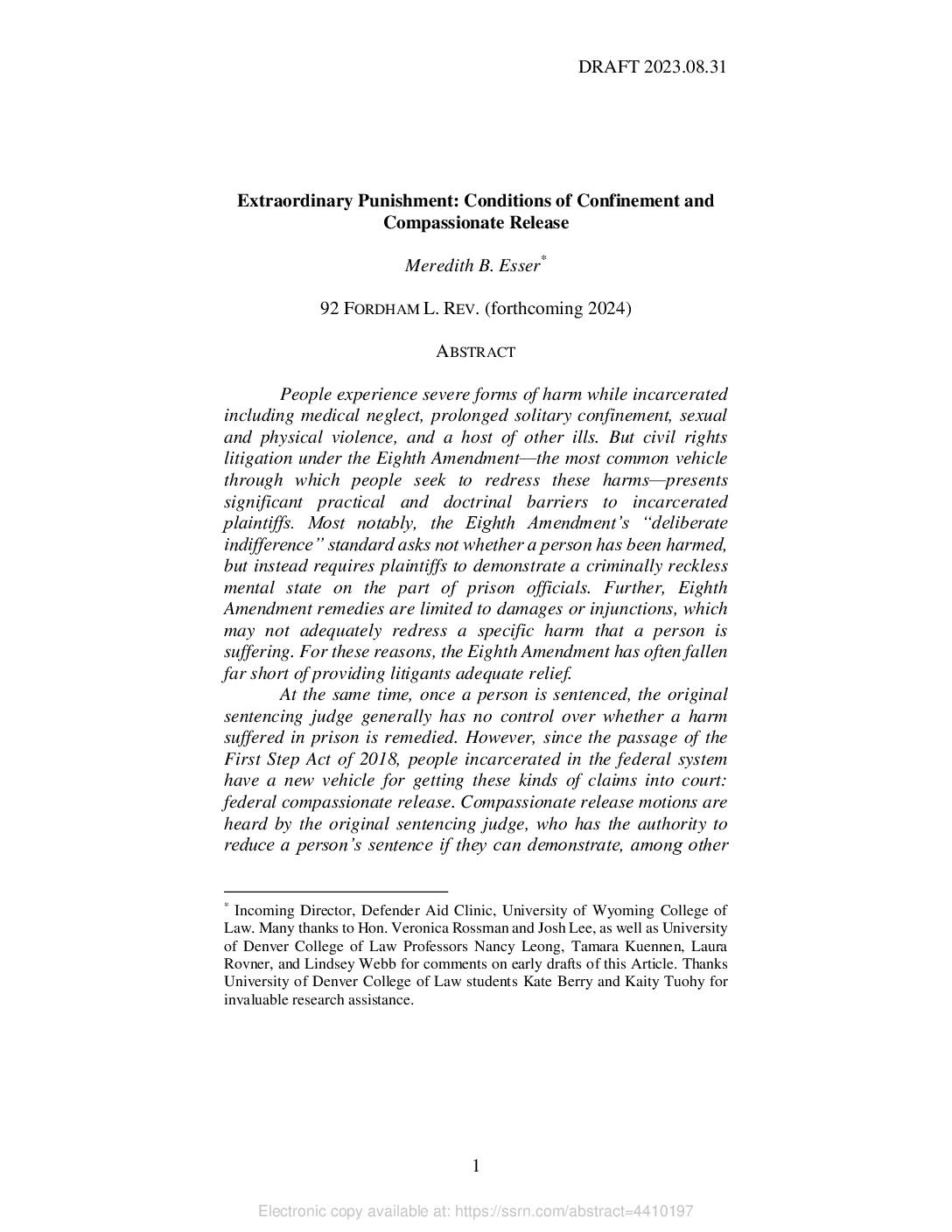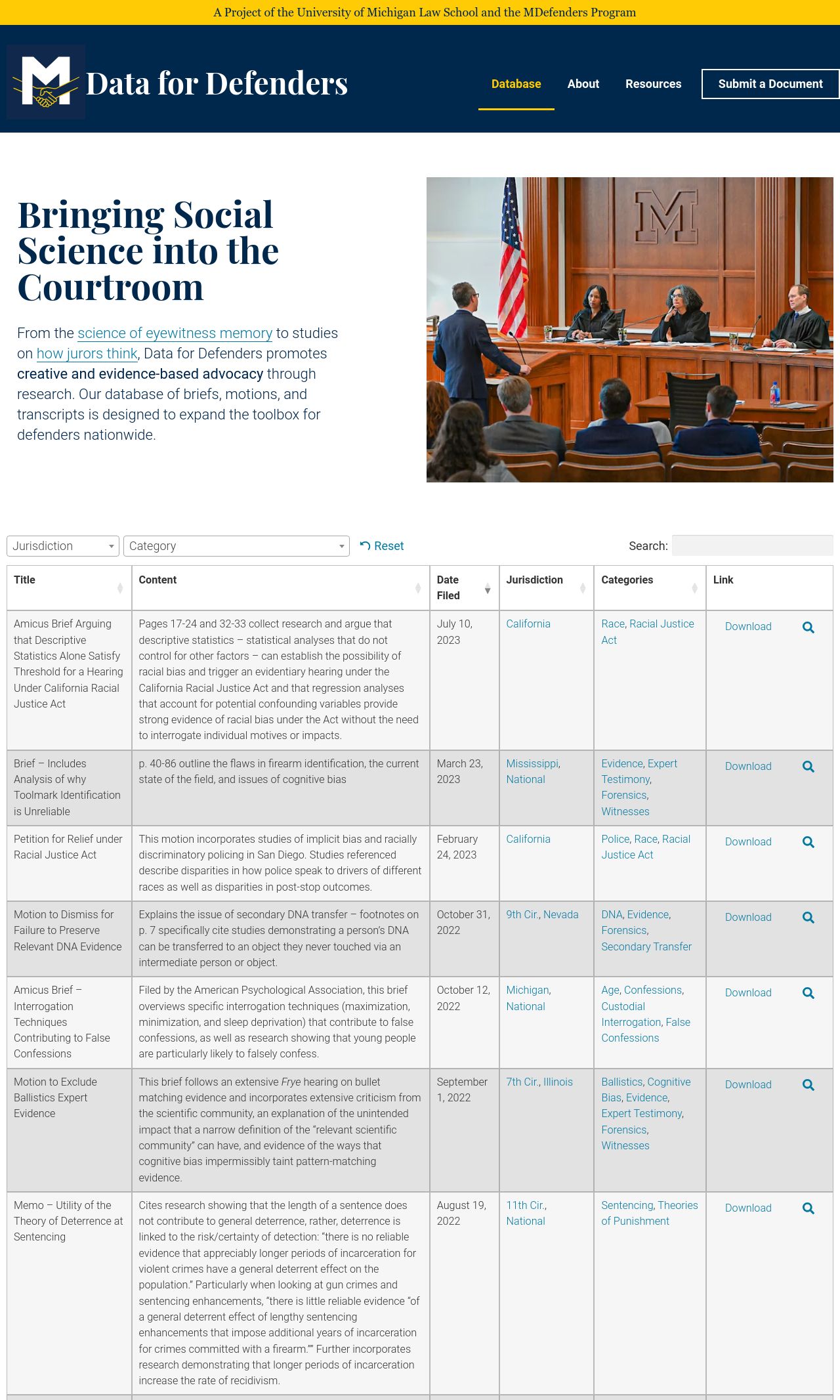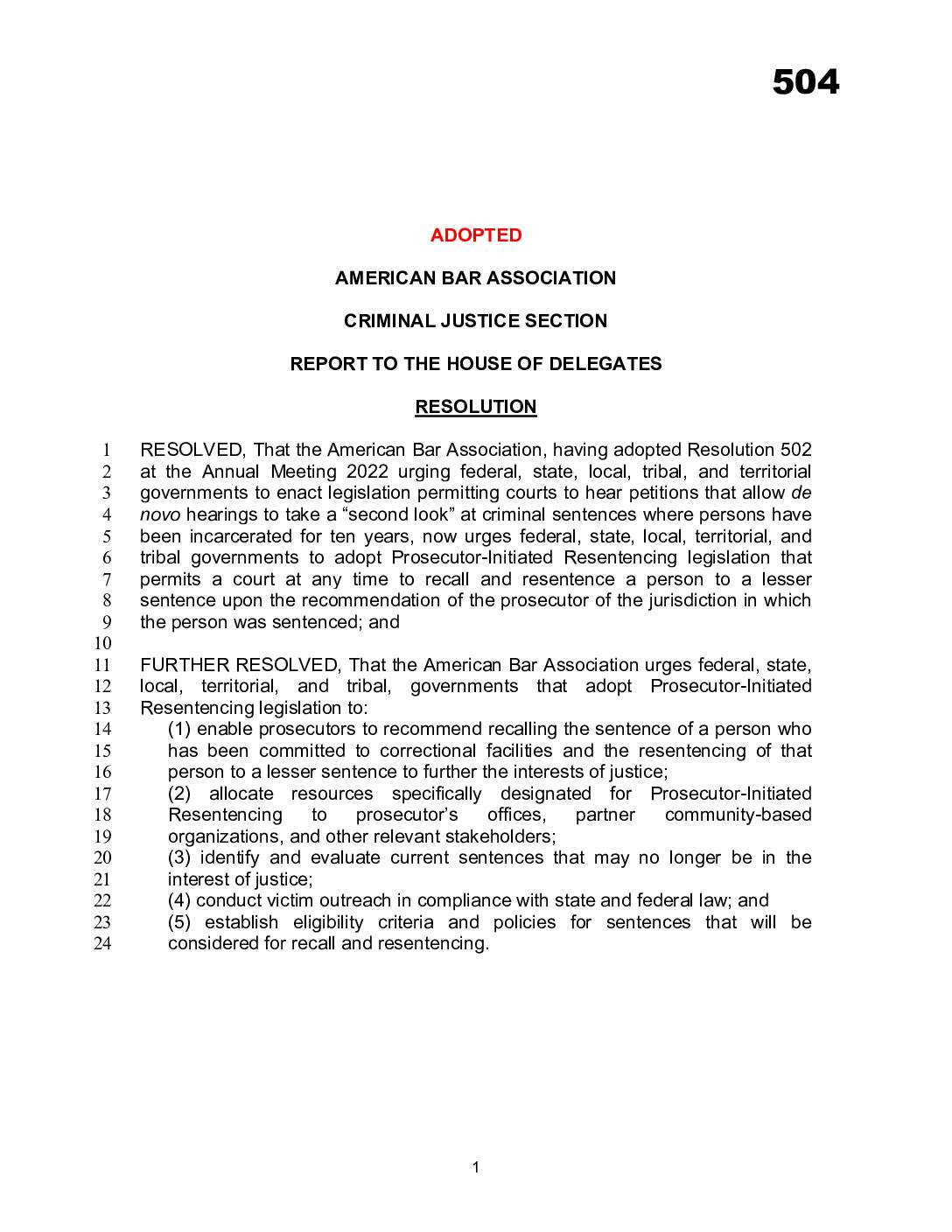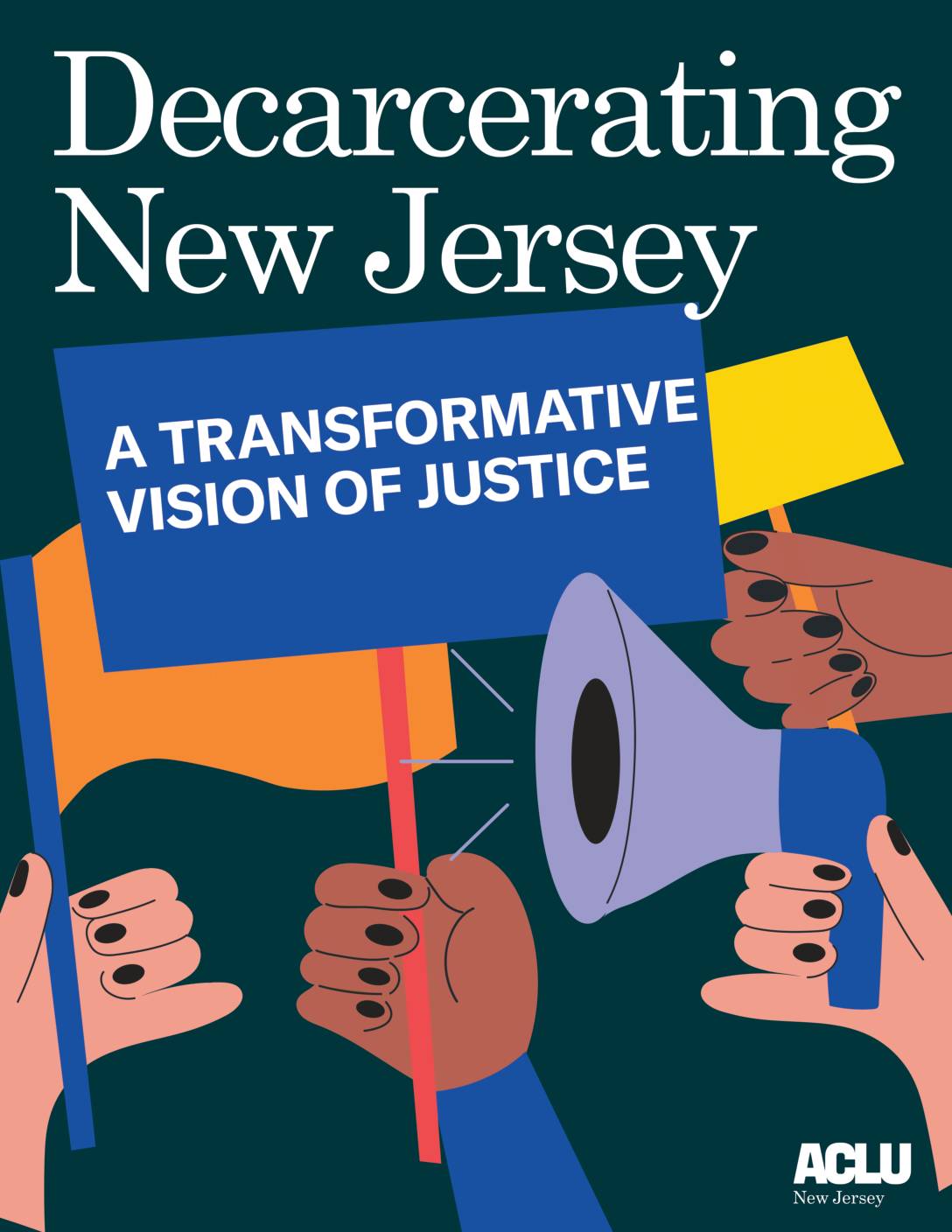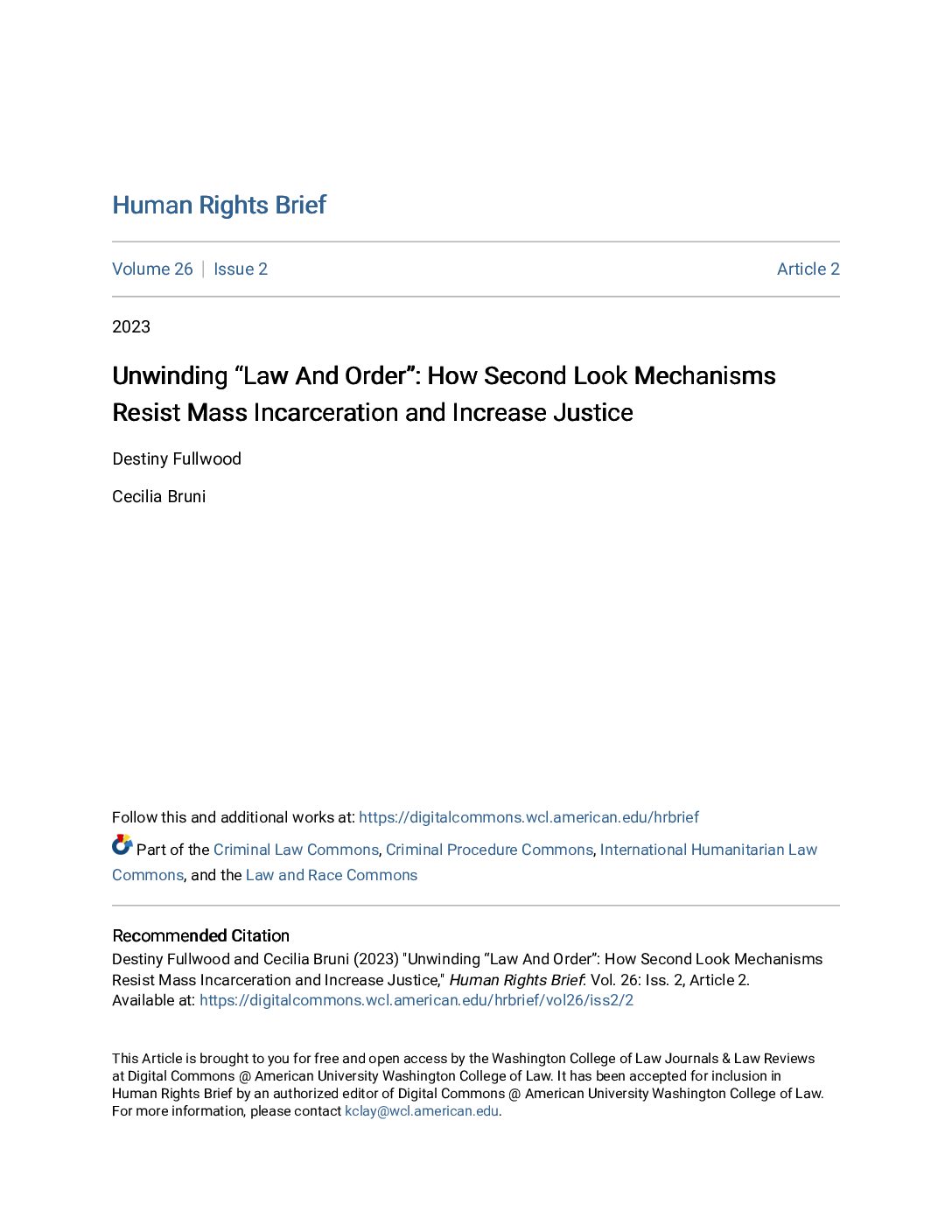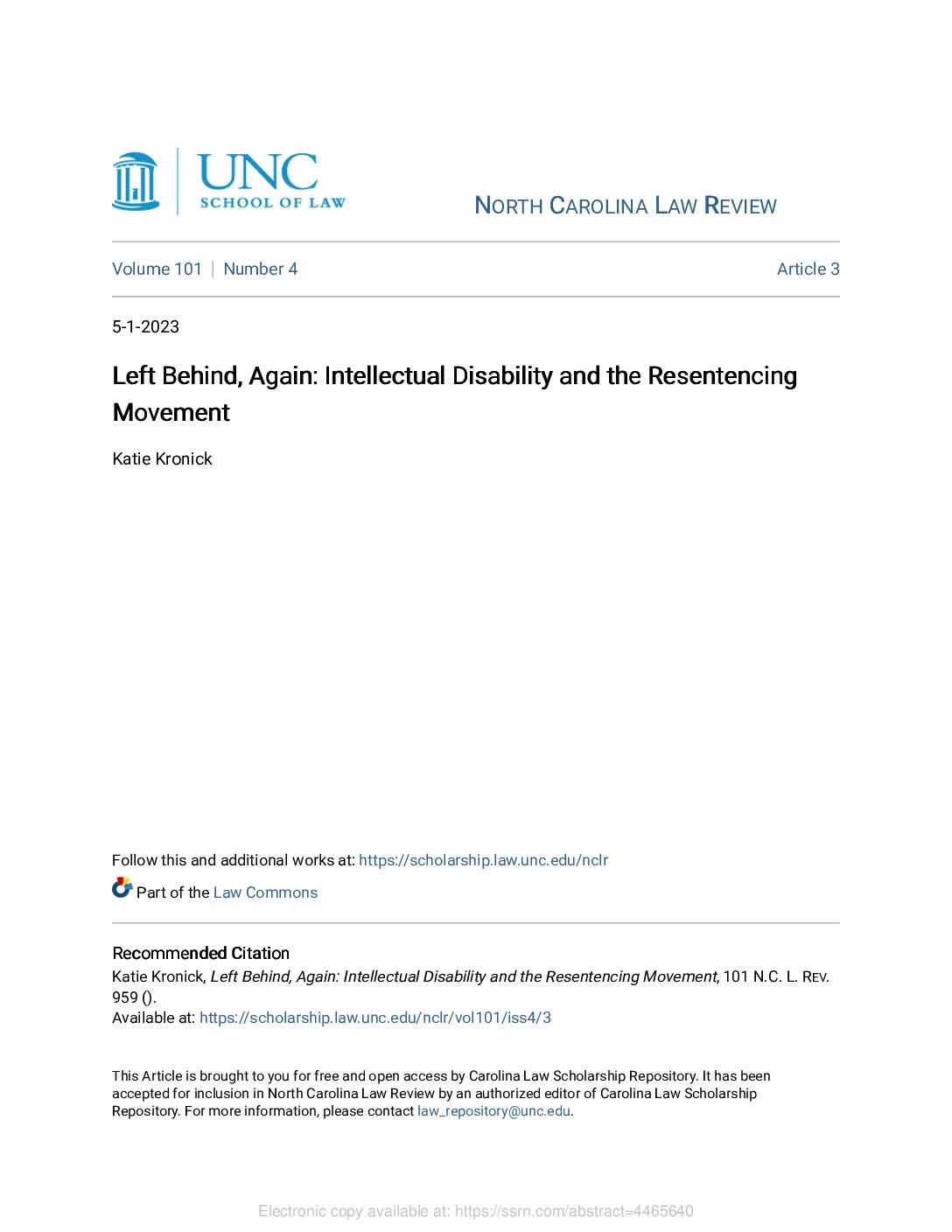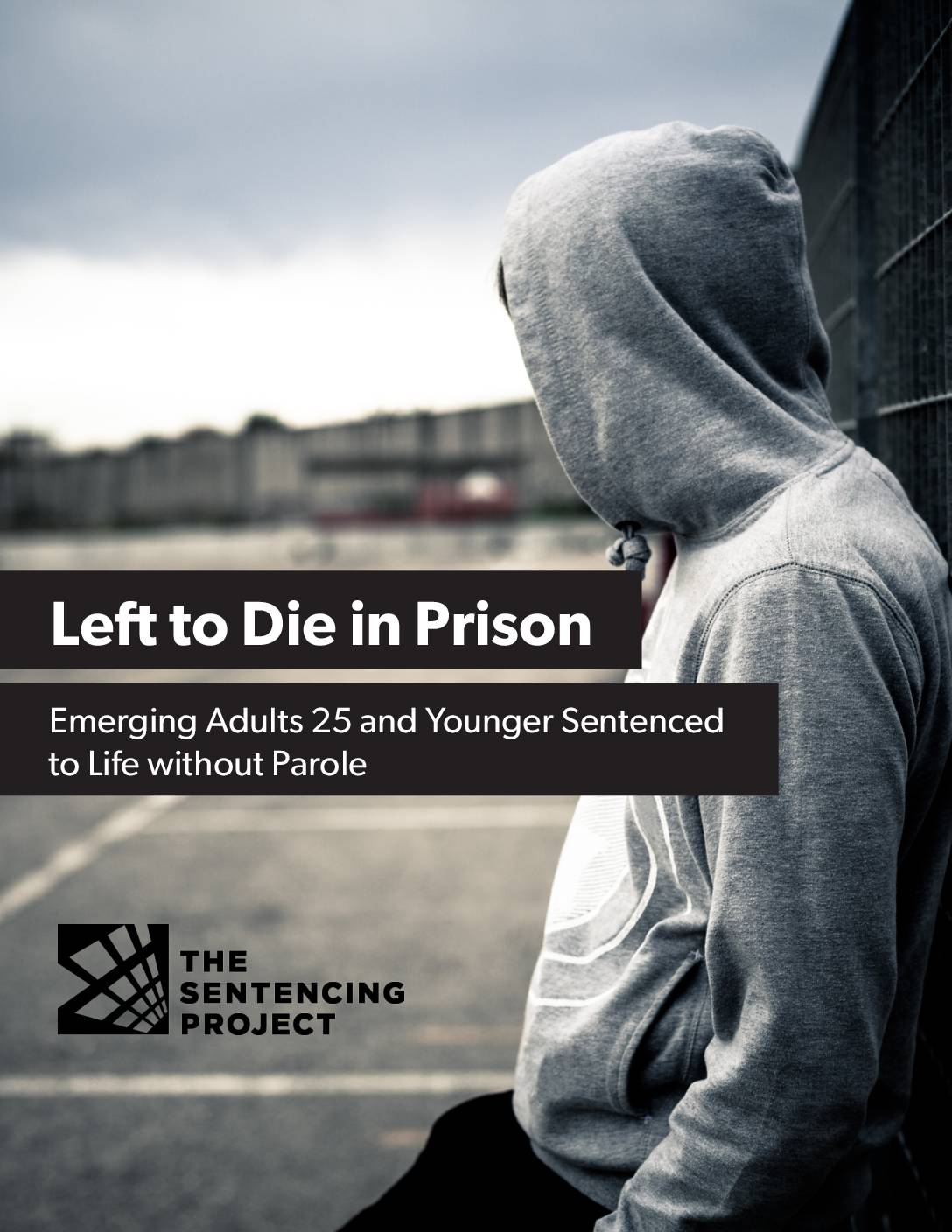PDF Massachusetts Executive Clemency Guidelines
Governor Maura Healey intends to use clemency to make the Commonwealth of Massachusetts more compassionate and more just. Accordingly, the Governor issued these modernized clemency Guidelines to center responsibility, compassion, fairness, equity, and accountability. These Guidelines are designed to provide parameters to petitioners seeking executive clemency and to assist the Advisory Board of Pardons with reviewing petitions for executive clemency.
The guidelines note factors to be considered in evaluating clemency requests, including racial disparities; sexual identity; the person’s age, maturity, and intellectual abilities and the time of the crime; and their rehabilitation. In addition, for commutation requests, the guidelines call for consideration of a person’s current age (for those over 50) and/or diminished health; as well as factors, such as being a survivor of sexual assault, that put people at heightened risk of harm and trauma while incarcerated.
The guidelines also set forth the procedure for processing clemency applications, including timeline requirements.


